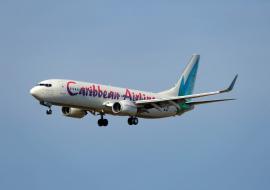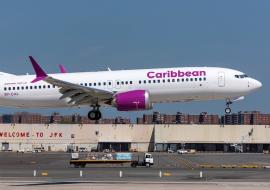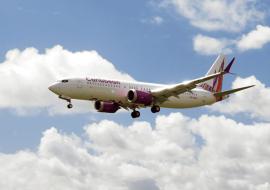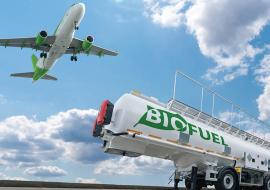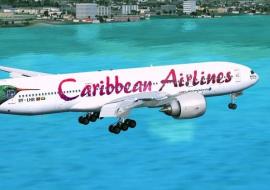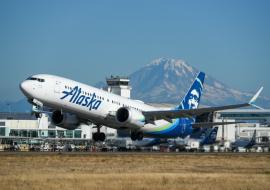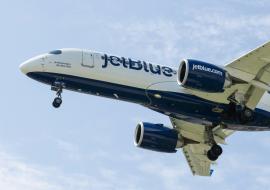Southwest Airlines Adds Cities, Courts Business Travelers
Gary Kelly has a standing offer: a steak dinner to anyone who can prove that Southwest Airlines (LUV) does not carry more domestic business travelers than any U.S. carrier. It’s a sucker’s bet, of course.
Southwest Airlines’ CEO knows he’ll never have to pay up. There’s no way to prove him wrong because airlines don’t know the purposes of many customers’ trips. Kelly maintains that internal research shows Southwest is already number one in domestic business travel, and he is steering Southwest to capture even more of the business-travel market in 2009. To accomplish that, he’s doing some heavy tinkering with a business model that has kept the airline profitable for an unprecedented 35 consecutive years.
Meanwhile, other important changes have come or are in the works. Airport gates have been updated with business-traveler-friendly features such as laptop workstations. It still doesn’t assign seats, but Southwest’s formerly chaotic boarding process has been changed to move its best customers and those willing to pay a higher fare to the front of the line so they get first choice of seats.
Less noticeable, but just as important, Southwest last year began using a sophisticated computer system that enables it to offer up to 15 different fares. The old system, in use for 20 years, offered as few as three fares on many routes. The new pricing system enables Southwest to boost its total revenue without resorting to huge across-the-board price increases.
Similarly, a new flight-scheduling system that Southwest began using earlier this year is allowing it to better match capacity to demand. It gradually is reducing flight frequencies on lower-demand routes and adding flights on more-lucrative, heavy-demand business-travel routes. Those new pricing and schedule-planning systems will be seriously tested in 2009 and beyond as Southwest increasingly challenges conventional competitors in new and larger markets.







